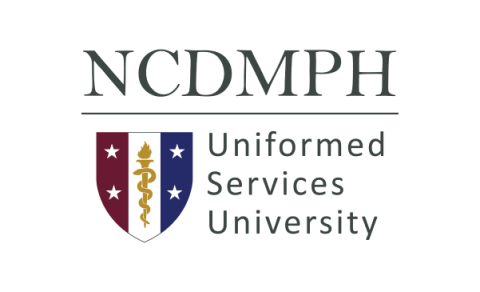Global Events Highlight Importance of Congressionally Directed Efforts at the National Center
Recent attacks on U.S. military installations in Afghanistan, Iraq, and Jordan have brought into focus the growing threats facing the United States military and our allies. With ongoing conflicts in Ukraine and Gaza and rapid shifts in the geopolitical landscape across the Indo-Pacific region, the United States must prepare for the very real threat of a large-scale combat operation with a near-peer adversary, something the Nation hasn’t experienced since World War II.
War with a near-peer, however, is not a novel threat. Going back to the 1980s, the U.S. had to prepare for a potentially devastating war with the Soviets. In 1984, recognizing the critical health and medical challenges the Nation would face in the event of a large-scale combat operation, Congress established the National Disaster Medical System (NDMS). The NDMS was designed to strengthen the Nation’s healthcare system to care for a surge of patients in the event of a large-scale military conflict or disaster. Today, the NDMS includes a nation-wide network of both civilian and military definitive care hospitals, patient transport capabilities, and medical response teams, and is led by the Administration for Strategic Preparedness and Response (ASPR) under the U.S. Department of Health and Human Services (HHS).
Though the NDMS has been successfully activated in support of a wide variety of disasters and other health events, it has thankfully never been fully activated to support a large-scale combat operation, as originally intended. Should the need arise, there are concerns as to the ability of the system to meet the substantial medical requirements of a large-scale military conflict. As the Military-Civilian NDMS Interoperability Study (MCNIS) suggested, should a full-scale activation of the NDMS be required, the system as currently resourced would struggle to meet demand.
“The realities of this critical mission combined with the challenges of our stressed healthcare system today create new difficulties for the NDMS to be able to respond without updated resourcing,” Dr. Michael Zanker, NCDMPH’s Deputy Director says.
Given the current constraints of the NDMS, Congress directed the Department of Defense (DoD), in coordination with the Secretaries of Health and Human Services (HHS), Homeland Security (DHS), Transportation (DOT), and Veterans Affairs (VA) to carry out an effort to assess and strengthen the Nation’s ability to support the medical requirements of a large-scale military conflict, which became the NDMS Pilot Program.
The Pilot is led by the National Center for Disaster Medicine and Public Health (NCDMPH), a federal organization and component of the Uniformed Services University (USU) and is carried out under the guidance and direction of federal stakeholders. The Pilot is required to establish partnerships with public, private, and nonprofit healthcare organizations and is being conducted over a five-year period across five strategically selected locations, including Washington, DC, San Antonio, TX, Denver, CO, Omaha, NE, and Sacramento, CA. The Pilot is currently in year three and is supporting dozens of discrete projects across the country, as well as national-level studies and exercises all of which are designed to increase the interoperability and capacity of the NDMS.
As recent events have highlighted, the Pilot’s work is critical to preparing and mitigating a growing threat. As Dr. Jeff Freeman, NCDMPH’s Director notes: “Being ready medically to respond isn’t just important during war time; readiness itself can be a deterrent to conflict, so we have to be ready for whatever might come.”

